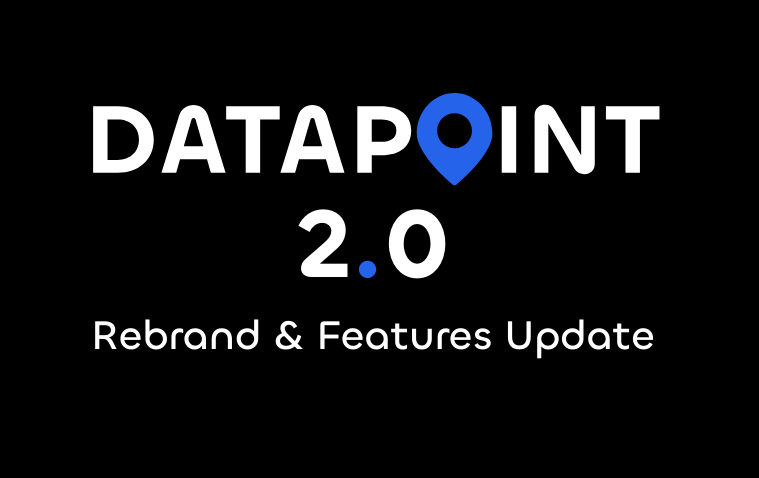Case Study: City of Pleasanton

Like many cities, the City of Pleasanton, California had developed a comprehensive set of traffic counts to be used to address customer complaints and manage their transportation network. The task of sorting and comparing the data to address customer complaints was cumbersome and resulted in intuition often driving decision making, rather than data. They also knew that their current approach was too reactive and they desired a proactive system to get more out of the data they already were collecting. They had a program for conducting routine counts - data they collected internally and as needed - and they had traffic data from traffic impact studies, so they did not need our help collecting data. Their problem was that all their data was from various sources, using various types of equipment, that left them with thousands of Excel and PDF files.
The City had a structure for organizing these files in folders on their computer, but finding data was a pain and running simple analysis took too long. Pleasanton attended a webinar on DataPoint and learned how we could help them save money and time with our data management platform.
We began our work for the City by using our automated processes and tools to stitch together ten years of Pleasanton’s historic data. With their historic data organized in a GIS map, they could quickly locate and analyze their data. Further, with their data connected in a back-end database, the City could utilize DataPoint’s system-wide analysis tools to quickly understand where they had problems (i.e. top 10 excessive speeding locations, lowest LOS locations, etc.) and where they did not.
After intitial set-up, DataPoint automatically analyzes traffic data with it’s ability to ingest data from almost all count equipment on the market. This provided the City with an easy and automated approach to maintaining their data over time.
Pleasanton’s traffic data had several unique qualities that our team needed to solve for and accommodate. First, the City tracks two types of bike counts at their intersections. Our team added a functionality to ingest their unique bike data counts. Second, the City uses intersection loop data to build their turning movement counts. This required certain adjustment factors to be applied to the data that they supplied. Third, the City uses their intersection data to build volume/ADT summaries for the nearby midblocks. Our development team worked with the City to have nearby volume data summaries auto-generated from the intersection data. We update the nearby volume data locations annually, so they do not need to worry about updating this themselves.
Like most municipalities, Pleasanton is a resource constrained city, but with the help of DataPoint they are 95% of the way towards their department goals, at a fraction of the time and cost of other options. This success required leveraging the DataPoint platform to get the most out of the data they already had. Now, they are able to more effectively procure state and federal funding. By utilizing DataPoint’s high-level analysis tools, they are also saving money they would typically spend on consultants by understanding where they have problems and where they do not.

